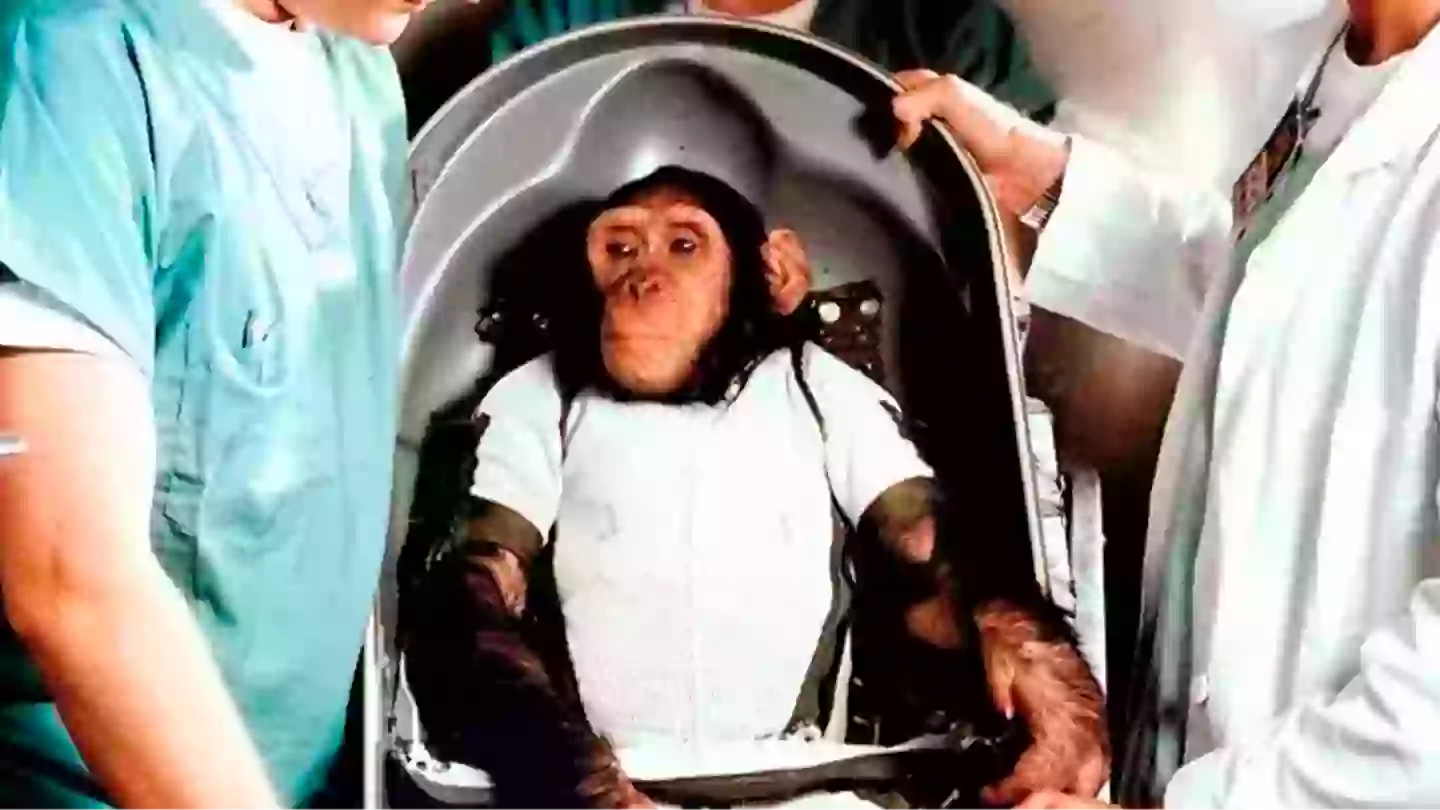Before NASA ventured into sending human astronauts into space, a chimpanzee named Ham played a pivotal role by being one of the first to undergo the dangerous journey.
At just three years old, Ham made history as the first chimpanzee to soar into space, setting the stage for the United States’ successful launch of a human astronaut a few months later.
Ham, whose name stands for Holloman Aero Med, was born in July 1957. He was brought from the French Cameroons in West Africa to Holloman US Air Force Base in New Mexico in 1959 when he was only two years old.
This intelligent chimpanzee was conditioned to perform basic tasks, and the Air Force noted his intelligence and quick learning abilities.
On January 31, 1961, Ham embarked on a journey from Cape Canaveral inside NASA’s Mercury-Redstone rocket. However, his voyage encountered unexpected challenges.
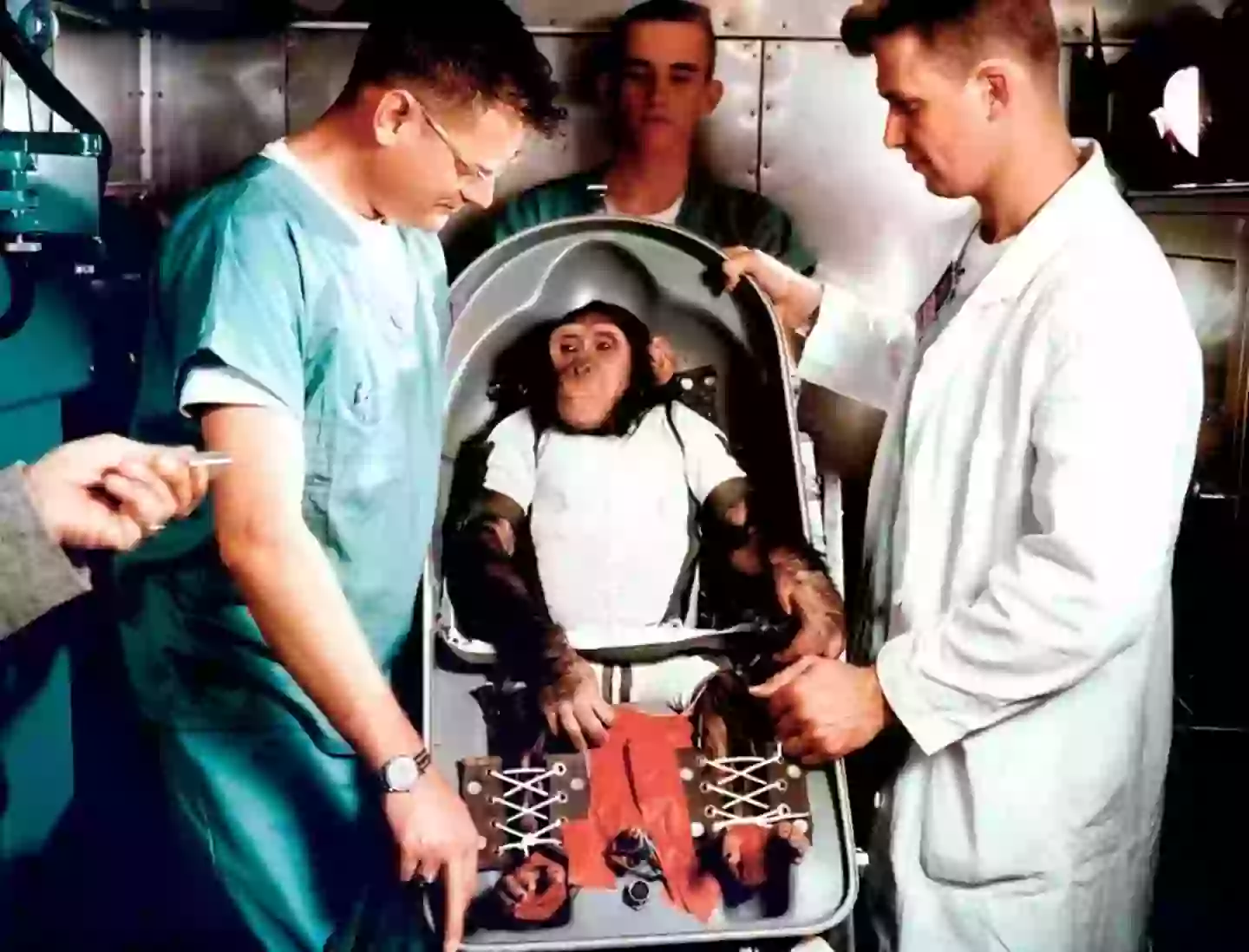
Initially, Ham was supposed to reach an altitude of 115 miles with speeds of 440 mph, but technical issues caused the spacecraft to ascend to 157 miles above Earth and achieve a speed of 5857 mph.
Despite these difficulties, NASA regained control of the rocket. Ham landed 442 miles downrange instead of the intended 290 miles, with a rough splashdown in the Atlantic Ocean, 60 miles away from the recovery ship.
During his time in space, Ham experienced 6.6 minutes of weightlessness within the 16.5-minute flight. During this time, he successfully performed lever-pulling tasks and reacted to flashing lights.
A subsequent medical evaluation indicated that Ham was somewhat fatigued and dehydrated but otherwise in satisfactory condition.
Ham’s successful space mission paved the way for America’s first human astronaut, Alan B Shepard Jr, who ventured into space on May 5, 1961. However, Ham’s life post-spaceflight was less than ideal.
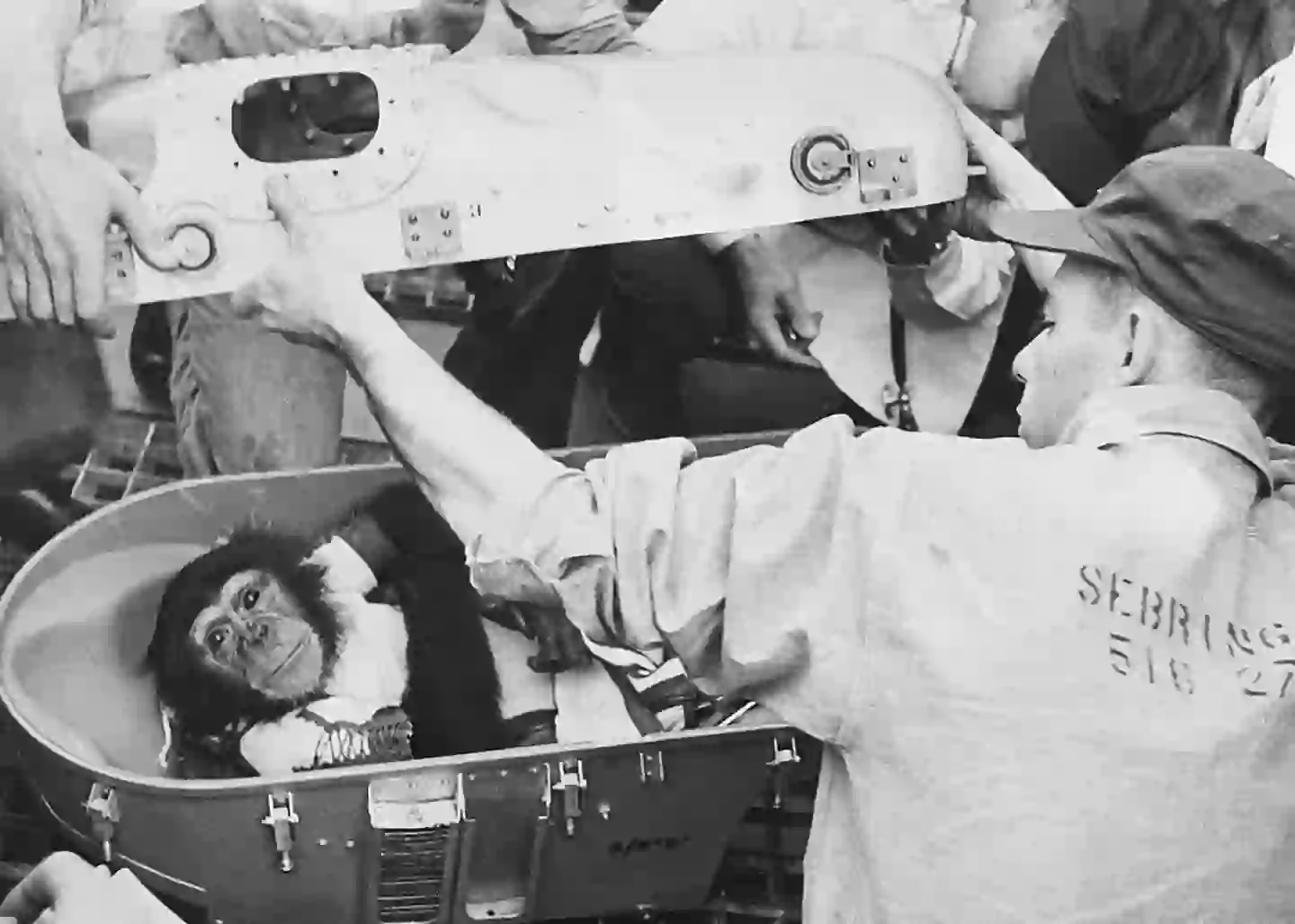
In 1963, Ham was put on display at the Washington Zoo, where he led a solitary existence.
Later, he was moved to North Carolina Zoological Park in Asheboro in September 1980, where he stayed until his death on January 17, 1983.
Ham, who lived to be 25 years old, spent much of his life in isolation and as an exhibit for 17 years.
NASA reports that Ham’s skeleton was sent to the Armed Forces Institute of Pathology, while his other remains were buried outside the International Space Hall of Fame in Alamogordo, New Mexico.
Ham wasn’t the first animal to undergo space trials. Numerous creatures such as dogs, cats, and even jellyfish were sent on dangerous voyages.
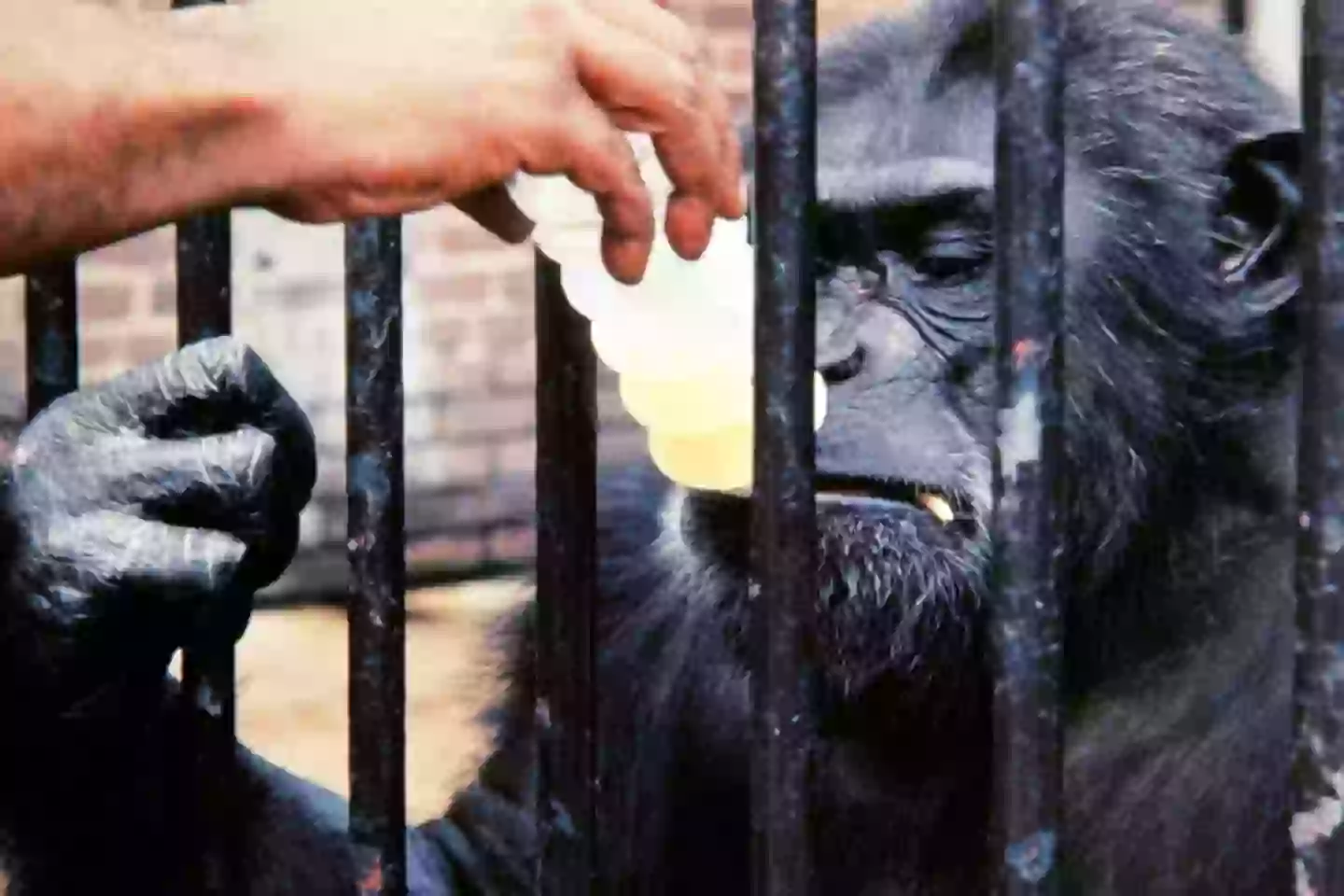
Albert I, a rhesus macaque, was the first animal to travel to space on June 11, 1948, aboard a V-2 blossom.
Launched from White Sands, New Mexico, Albert I reached a height of over 39 miles but tragically died from suffocation during the flight.
In 1949, three more monkeys, Albert II, III, and IV, were sent to space, with none surviving the journey.
Albert II perished upon impact, while Albert III perished in an explosion.
Albert IV experienced a successful flight, but unfortunately, he did not survive the landing. On August 31, 1950, another V-2 launch carried an unanaesthetized mouse, which also did not survive.
It wasn’t until September 1951 that NASA celebrated the success of a monkey returning alive from space.
Yorick, also known as Albert VI, traveled 44.7 miles aboard an Aerobee rocket with 11 mice companions.
Yorick survived the journey but died two hours later, along with two of his mouse companions. Their deaths were believed to be caused by stress from overheating in the capsule after landing.
On May 22, 1952, two Philippine monkeys, Patricia and Mike, completed a 36-mile-high flight at 2000 mph.
They were the first animals to reach such an altitude and went on to live out their days at the National Zoological Park in Washington DC.
Patricia died naturally two years later, while Mike passed away in 1967.
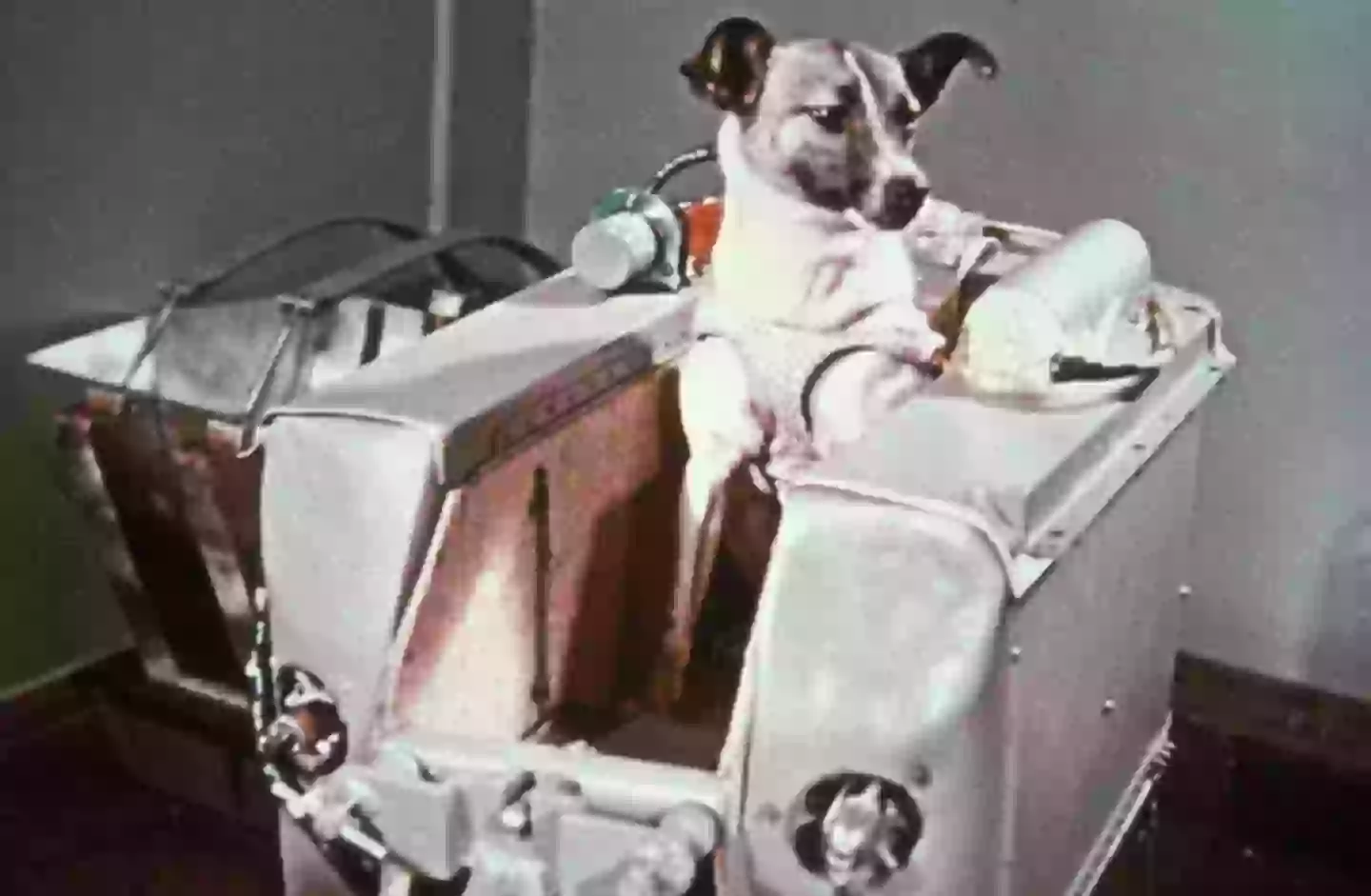
Initially, the Soviets used mice, rats, and rabbits as initial passengers for space missions before turning to dogs.
Between 1951 and 1952, the Soviet R-1 series included nine dogs, with three making the journey twice.
Dezik and Tsygan were the first canine suborbital astronauts in 1951 and survived successfully, although not all dogs were as fortunate.
Some were taken from the streets or left in space, such as Laika, a stray from Moscow. Laika was quickly prepared for flight in Sputnik 2, which launched in November 1957.
Laika perished from overheating five hours into the flight, and Sputnik 2 later disintegrated in the atmosphere in April 1958.
French scientists achieved success by sending the first cat, Félicette, into space in October 1963.
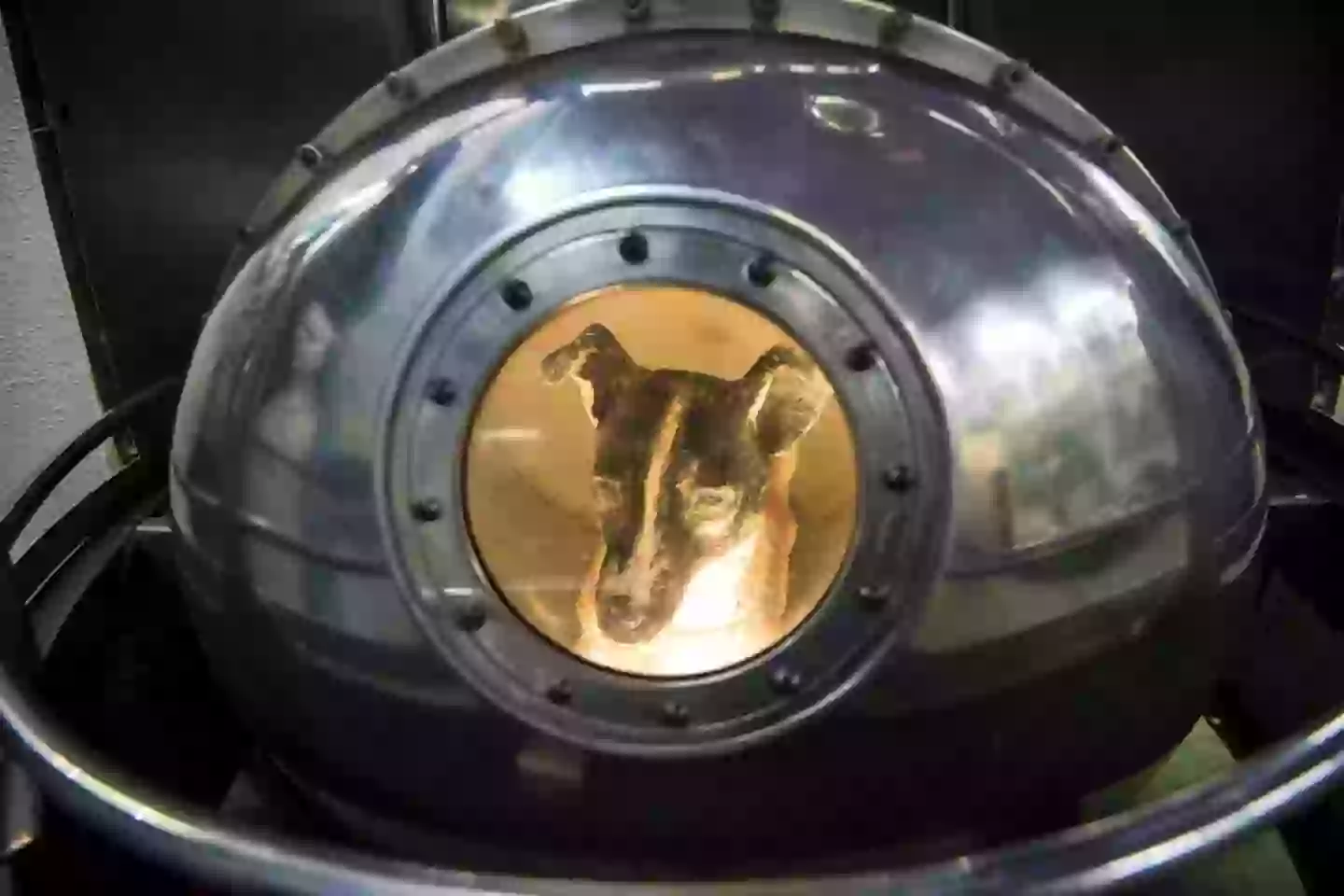
In 1968, the USSR launched Zond 5, carrying a variety of animals, including turtles, wine flies, mealworms, plants, and other living organisms, which circled the Moon.
After the Apollo 11 human Moon landing, the focus shifted to using animals primarily as “biological payloads,” including rabbits, turtles, insects, spiders, fish, and jellyfish.
These animals were often sacrificed in the name of human space missions and served as subjects to study the effects of weightlessness and radiation.
NASA acknowledges that these animal missions provided invaluable insights that couldn’t have been obtained otherwise.
“Without animal testing in the early days of the human space program, the Soviet and American programs could have suffered great losses of human life,” NASA’s site states.
“These animals performed a service to their respective countries that no human could or would have performed. They gave their lives and/or their service in the name of technological advancement, paving the way for humanity’s many forays into space.”

